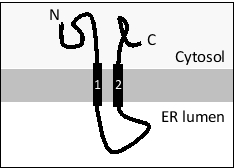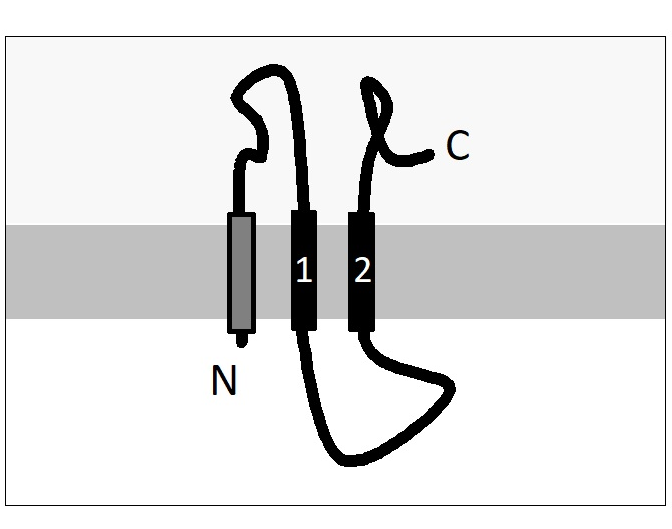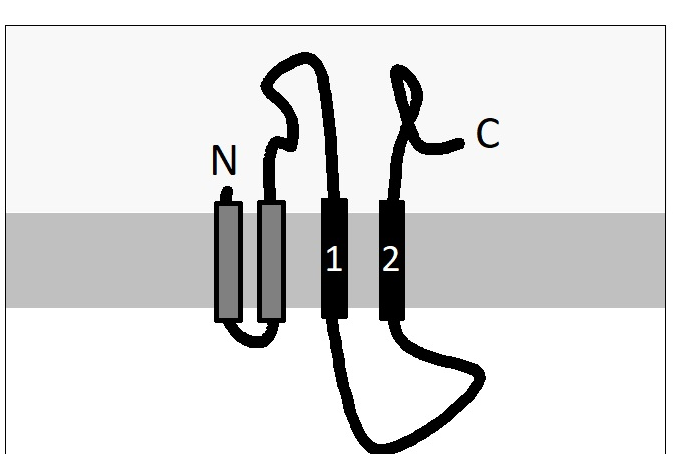Consider a transmembrane protein with the following topology that has an internal signal sequence (helix 1) . If you fuse a canonical ER signal sequence at the N-terminus of this protein, how would you expect the topology to change? The ER lumen is at the bottom in all drawings. For simplicity, assume that the effect of charged residues flanking the transmembrane helices is negligible in this case. 
A) 
B) 
C) 
D) 
E) 
Correct Answer:
Verified
Q27: Rough microsomes can be subjected to a
Q28: The signal-recognition particle is not the only
Q29: The signal-recognition particle (SRP) ...
A) is a
Q30: Which of the following proteins or protein
Q31: Considering the following hydropathy plot for a
Q33: Sort the following events as they occur
Q34: The following diagram depicts the topology of
Q35: Indicate true (T) and false (F) statements
Q36: Indicate whether each of the following descriptions
Q37: Which of the following is NOT a
Unlock this Answer For Free Now!
View this answer and more for free by performing one of the following actions

Scan the QR code to install the App and get 2 free unlocks

Unlock quizzes for free by uploading documents